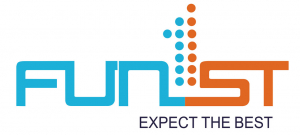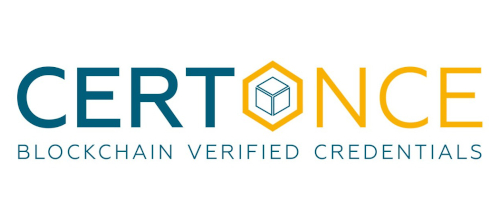Customer Stories

New Delhi Institute of Management (NDIM), set up 25 years ago under the vision and leadership of its founder Late Mr. Jaswant Rai Bansal, has been declared “Best Industry-Linked B-School .. Read More

FunFirst really lives upto its name. We are here to learn in a way that it is Fun First! Based at Mumbai, Maharashtra, FunFirst Global Skillers is a skill development and enhancement institution that.. Read More

Born on 2 May 2013, Enhelion is an online learning organisation that has one of the largest online course portfolios in the interdisciplinary areas of law, management, data science.. Read more

Impact Partners is an extreme productivity training with Vikas Bansal as its founder and leader. Vikas is a speaker and author who is driven by a passion to help corporates and individuals to.. Read more
FAQ
What is CertOnce?
CertOnce is Digital Records Creation & Management Platform that offers services to organizations e.g. Educational Institutions, Companies, Government Departments to create and issue digital records that are time-stamped, tamper-proof, instantly and independently verifiable records using Blockchain anchored, open standards-based credentialing model.
The document once created can be shared by Issuer or receiver, verified by anyone instantly, independent of the Issuer
What problem does it solve?
It solves the problem of fake credentials (academic, professional, social, etc.). Today a lot of students or job applicants create fake/counterfeit digital records e.g. Degree certificates, Experience Certificates, etc. It is very difficult, time-consuming, and expensive to really go about verifying every such document for a prospective admission dept of a university, or a potential employer, or a financial institution.
CertOne platform is created to make these documents immutable.
It addresses it by creating a deterministic, one-way cryptographic SHA-256 hash of the digital document and publishing on a public distribute ledger i.e. Blockchain.
How does it solve the problem of fake credentials?
Once you create a hash of any document and upload it onto a public ledger i.e. Blockchain. It stays there forever. The document thus created can be verified by recreating the hash locally and comparing it with the hash uploaded onto the blockchain. If the hash matches then it confirms the authenticity of the document and if the hash doesn’t match then it means the document is tampered with and makes it unverifiable.
So if someone submits a fake or tampered credential. The local hash will never match with the blockchain-published hash.
How does it work? (Jargon free explanation with example)
Let’s break it down into steps.
- It starts with a simple step of an issuer (say a university) wanting to issue a degree to a student.
- The issuer creates a digital degree certificate and shares it with CertOnce.
- CertOnce then creates a small unique code for the documents.
- This code is then stored on a publicly visible platform aka Blockchain.
- The beauty of this code is that you cannot create a document back from the code making it completely secure.
- This document then can be shared with anyone in the form of a link or a software code (.json) file.
- The verification process is even more easy and instantaneous.
- The receiver can submit the file to certonce.com/verify and it will confirm the authenticity by creating the unique code of the received file and comparing it with the code on the publicly visible platform a.k.a. Blockchain.
- The record will only match if the file is original and not tampered with.
How does it really work? (More technical explanation)
- CertOnce is based on Blockcerts i.e. MIT Media Labs incubated open standards credentialing model
- The issuer initiates the process by inviting the receiver of the credential to download the blockcerts wallet on his/her phone
- By doing this the receiver shares his public key with the issuer.
- The issuer creates a digital document in favor of the receiver
- CertOnce then creates a SHA256 hash of the document by using the private key of the Issuer of the document and the public key of the receiver.
- This one-way, deterministic hash is then published on Blockchain giving it a timestamp and making it immutable.
- The issuer then sends the digital document to the receiver, which is stored in the blockcerts wallet by the receiver.
- This document then can be shared by the receiver with anyone in the form of a link or a software code (.json) file.
- The verifier goes to certonce.com/verify by submitting the (.json) file. CertOnce will recreate the SHA256 hash of the submitted file and compare it with the hash published on Blockchain.
- The record will only match if the file is original and not tampered with.

